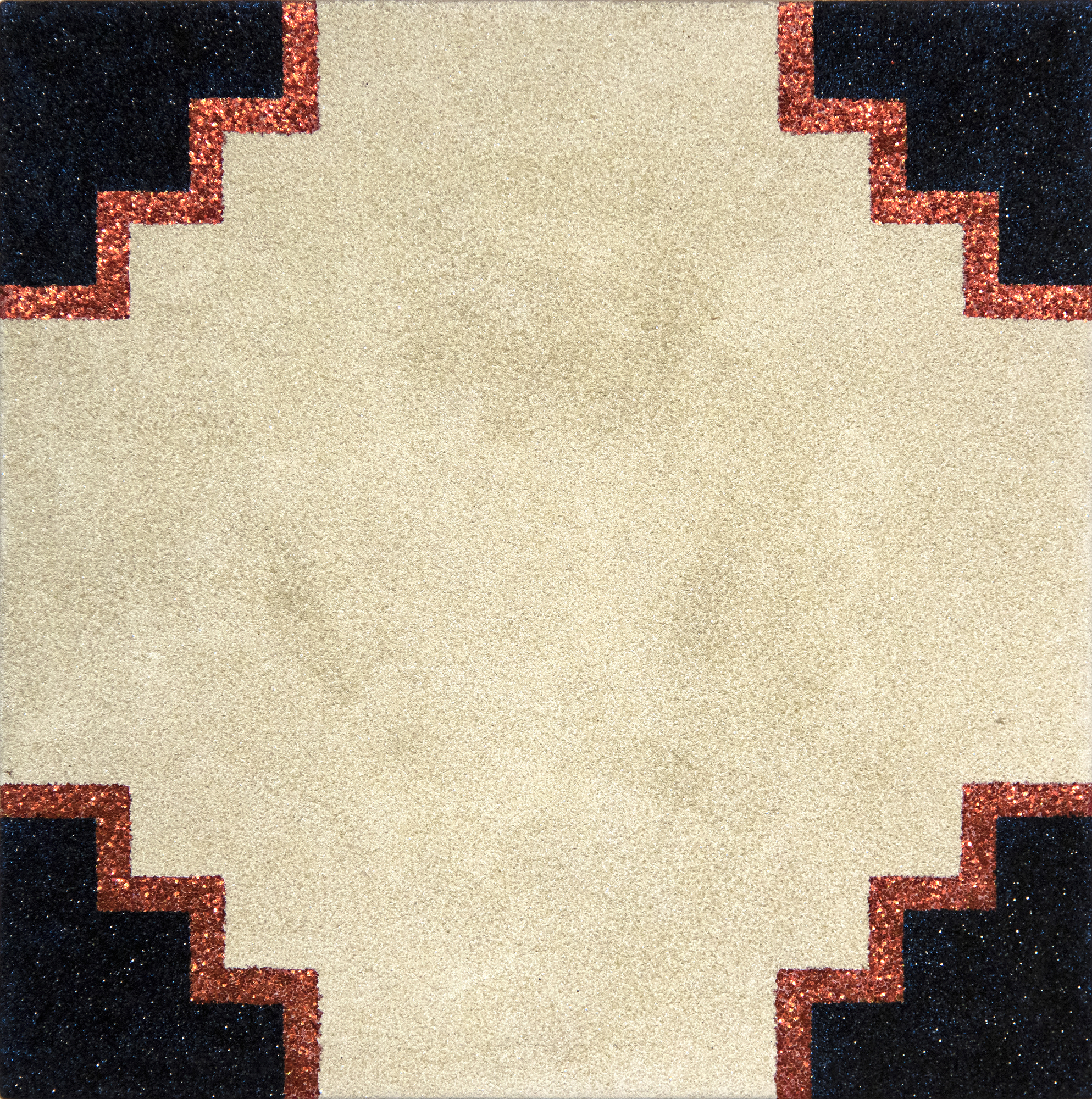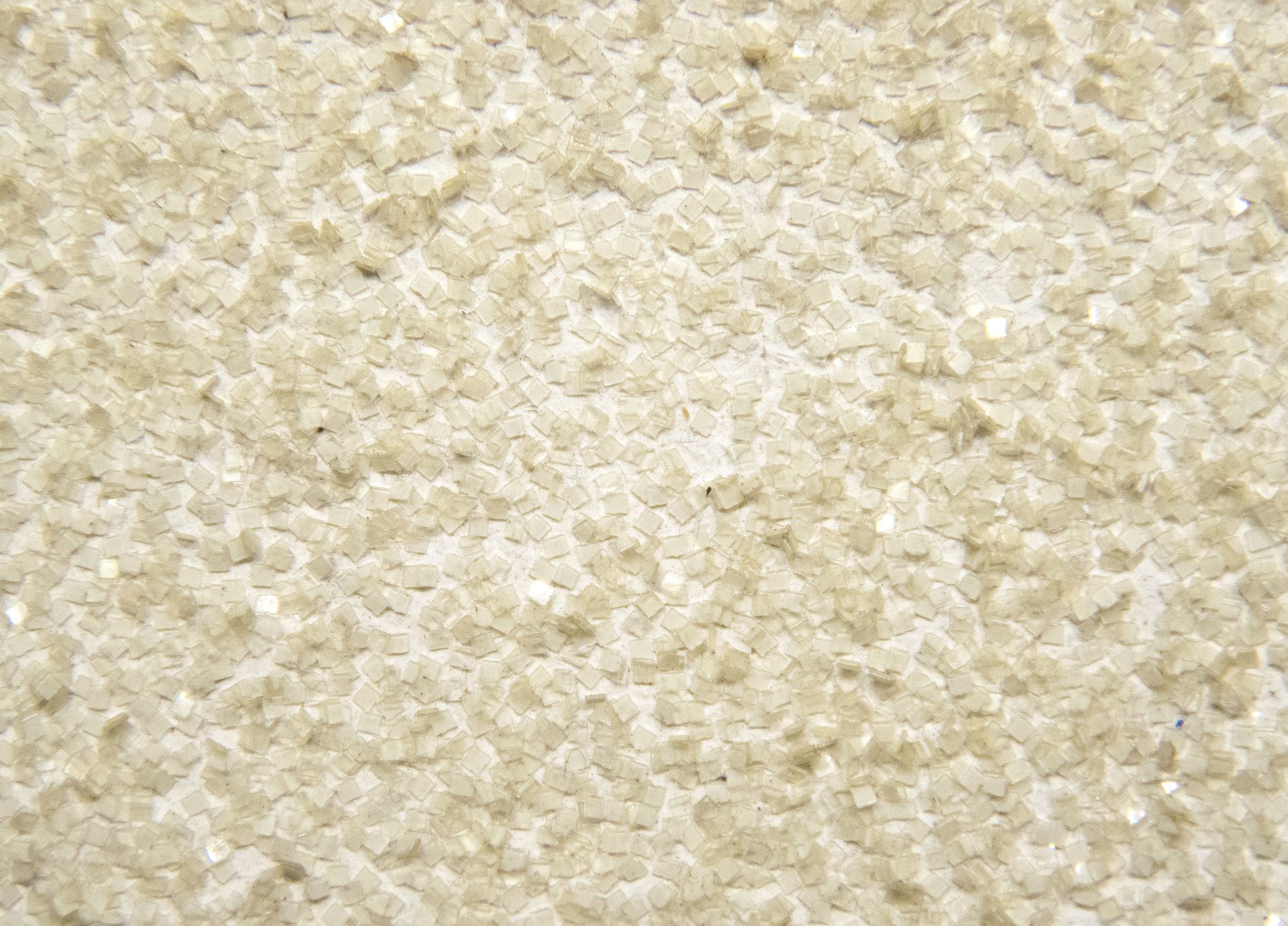MARY CORSE (n. 1945)









Procedencia
Colección privada, regalo del artista, 1975Christie's Nueva York: Viernes, 27 de septiembre de 2019, lote 00104
Colección privada
95,000
Una imagen fotográfica de una pintura de microesferas de Mary Corse no sólo es una representación aburrida, sino que además no tiene sentido: es un arte dependiente de la experiencia que requiere la participación para "ser". Por supuesto, "Untitled" (1975) desafía esa perspectiva estática de un solo punto y, en cambio, depende de una experiencia artística interactiva en tiempo real que aumenta la conciencia del cuerpo en el espacio a medida que el espectador experimenta cambios de estimulación retiniana, sensación y sentimiento. Es un pájaro raro. Su diseño, geometría y color desmienten su anterior revelación, que la llevó a dedicarse a su habitual paleta reductora. En cambio, es una declaración audaz en color de lentejuelas, su campo central delimitado en las esquinas por un motivo escalonado rojo brillante que lo separa de sus enjutas de esquina de cielo nocturno estrellado. Puede que no incluya un motivo de estrella, pero tiene el glamour y la presencia que corresponden al Paseo de la Fama de Hollywood.


